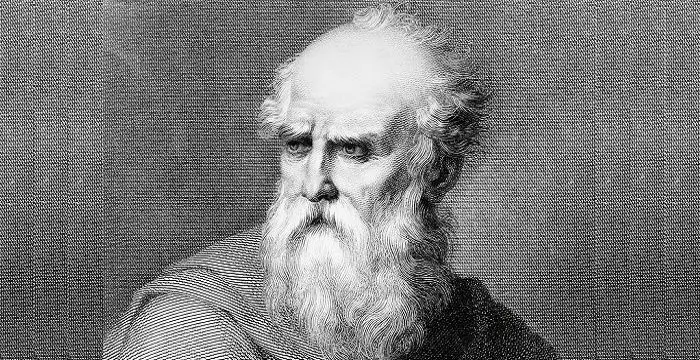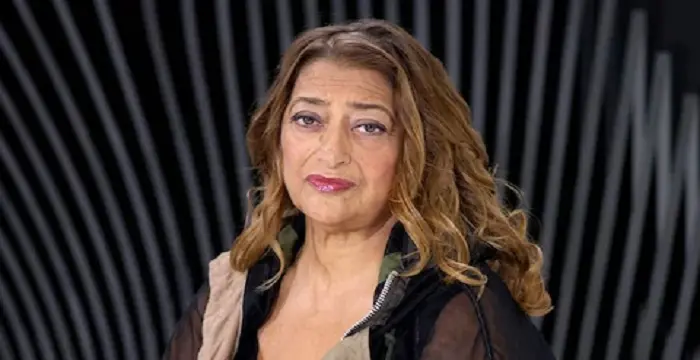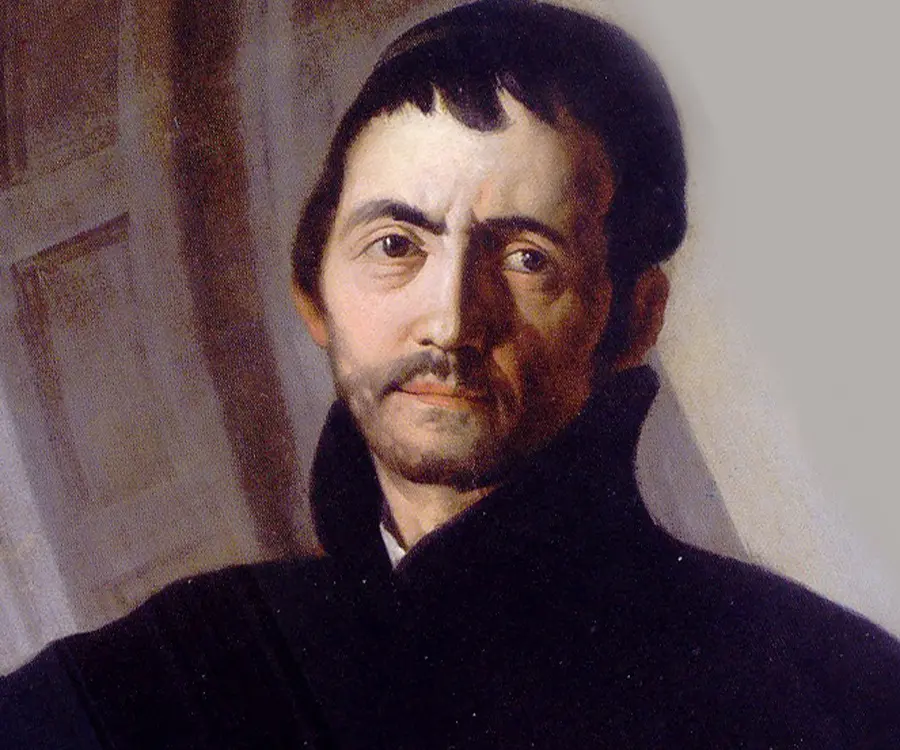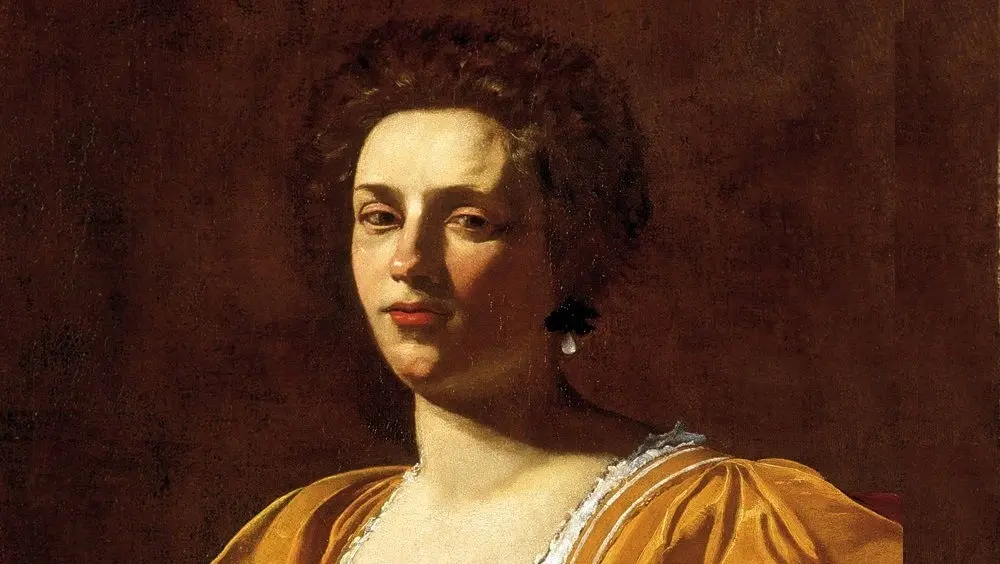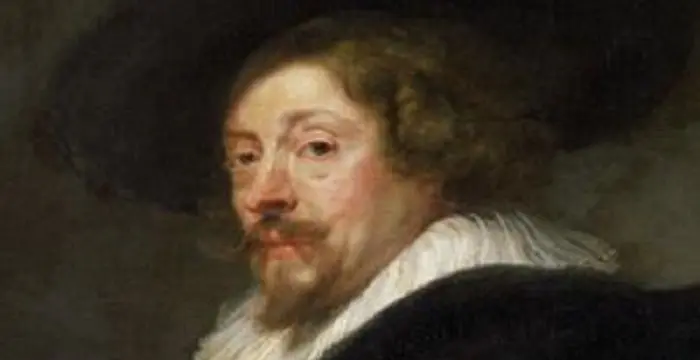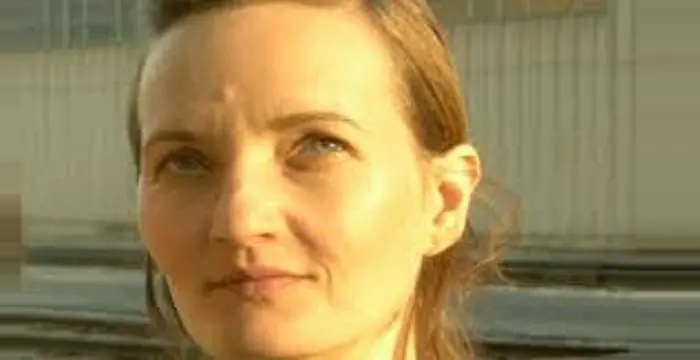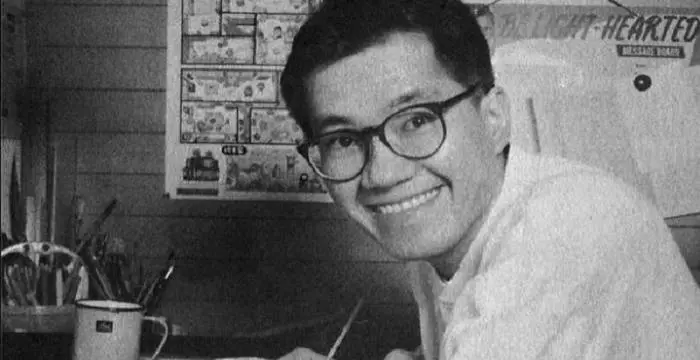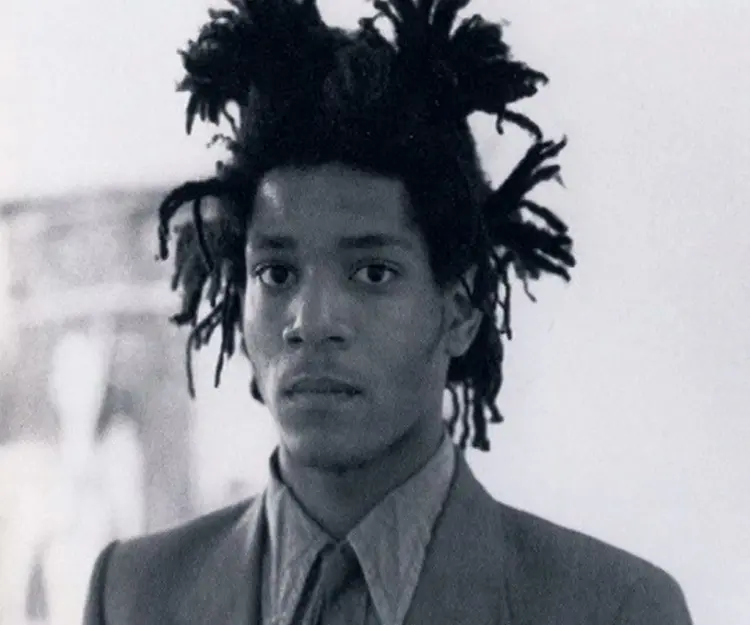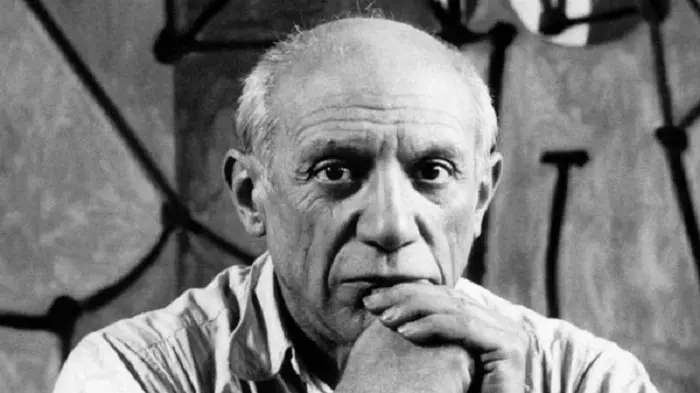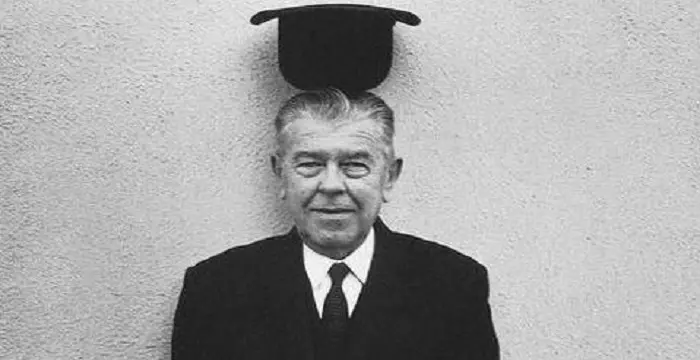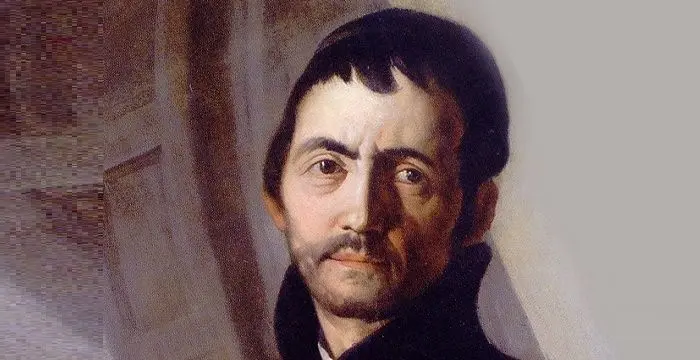
Andrea Pozzo - Artists, Birthday and Facts
Andrea Pozzo's Personal Details
Andrea dal Pozzo was a famous Italian Jesuit painter, architect, stage designer and art theoretician
| Information | Detail |
|---|---|
| Birthday | November 30, 1642 |
| Died on | August 31, 1709 |
| Nationality | Italian |
| Famous | Architects, Artists & Painters, Artists, Baroque Painters |
| Siblings | Giuseppe Pozzo |
| Birth Place | Trento, County of Tyrol, Holy Roman Empire |
| Gender | Male |
| Sun Sign | Sagittarius |
| Born in | Trento, County of Tyrol, Holy Roman Empire |
| Famous as | Painter, Architect |
| Died at Age | 66 |
// Famous Architects
Vitruvius
Vitruvius was a Roman architect, author, and military engineer during the 1st century BC. Check out this biography to know about his childhood, family life, achievements and fun facts about his life.
Rudolf Steiner
Rudolf Steiner introduced groundbreaking ideas in realms of spirituality, art, education and agriculture. Check out this biography to know about his childhood, family life, achievements and other facts related to his life.
Zaha Hadid
The famous Iraqi-British architect Zaha Hadid is known for her designs of the ‘Rosenthal Center for Contemporary Art’ and ‘Heydar Aliyev Center’. To know more about her childhood, profile, career and timeline read on.
Andrea Pozzo's photo
Who is Andrea Pozzo?
Andrea dal Pozzo was a famous Italian Jesuit painter, architect, stage designer and art theoretician of the late seventeenth century. He is noted for expounding the art of illusionist mural paintings of the Baroque era. Pozzo specialized in ‘quadratura’and ‘di sotto in su’ techniques; i.e. a system of perspective where the focal lines start from the corner and meet each other at the center of the piece (the vanishing point). This system gave the paintings a three-dimensional appearance. This marvelous baroque artist was responsible for the ceiling fresco paintings in Il Gesu and S. Ignazio, two major Jesuit churches in Rome. Several painters emulated his style in a number of Jesuit churches across Austria, Germany and Italy. Pozzo was an advocate of ‘Gesamtkunst’ or the ‘Total Art’. Most of his compositions are based on Catholic and Jesuit themes. However, he also seems to be indebted to the theatre; many of his paintings show the religious figures as actors positioned against traditional stage devices like a curtain and a proscenium arch. He collected his creative ideas on art in the theoretical treatise ‘Perspectiva Pictorum et Architechtorum’. Pozzo is not extensively studied, but his innovations regarding perspective is a major influence on modern design.
// Famous Baroque Painters
Johannes Vermeer
Johannes Vermeer was a famous Dutch Baroque painter of the seventeenth century. This biography provides detailed information about his childhood, profile, career and timeline
Artemisia Gentileschi
Artemisia Gentileschi was an Italian Baroque painter who rose to prominence in the 17th century. Check out this biography to know about her childhood, life, achievements, works & timeline.
Peter Paul Rubens
Peter Paul Rubens was a Dutch artist, who rose to become one of the most influential Baroque painters of his generation. This biography profiles his childhood, life, painting career, achievements and timeline.
Childhood & Early Life
Pozzo was born in Trento, Italy, on November 30, 1642.
From 1661 to 1662, he was a novice in the order of Discalced Carmelites at Convento dell Laste, near Trento.
He studied Humanities at the local Jesuit High School.
Pozzo showed artistic inclinations from a very young age. At the age of 17, his father sent him for artistic training.
Records show that he initially trained under Palma il Giovane.
In 1662, he trained under an unrecognized painter from the workshop of Andrea Sacchi, who taught him the techniques of Roman Baroque art.
On 25 December 1665, he joined the Jesuit Order as a lay brother.
In 1668, he was allocated to the ‘Casa Professa of San Fidele’ in Milan. He was in charge of the decorations of the festival held in honor of St. Francis Borgia.
He continued his training in Genoa and Venice, where he was inspired by the rich graphic chiaroscuro of the Lombard School.
Church Decoration Work
In 1675, Pozzo designed the frescoes at the Chiesa del SS. Martiri in Turin and also the frescoes at the church of San Francisco Saverio in Mondovi.
In 1676, Pozzo designed his first large fresco in the San Francis Xavier church in Mondovì. He followed the trompe-l'oeil technique which included false gilding, bronze-colored statues, marbled columns and a dome on a flat ceiling.
In 1678, he painted the ceiling of the Jesuit church of SS. Martiri in Turin. These frescoes were later replaced by new paintings because of their ruinous conditions.
In 1681, Andrea Pozzo was called to Rome by the Jesuit Superior General Padre Oliva, superior general of the Jesuits.
He gained a reputation for his designing of the Roman frescoes portraying the life of St. Ignatius in the ‘Camere di San Ignazio’ (1681-1686) in the corridor which linked the Church of the Gesù to the rooms of the saint.
Between 1685 and 1694, Andrea Pozzo created his masterpiece, the illusive perspectives in the frescoes of Rome’s Jesuit church of Sant'Ignazio.
In 1693, Pozzo published his theoretical work on art and architecture, ‘Perspectiva Pictorium et Architechtorum’. The second volume came out in 1698. The volumes were dedicated to emperor Leopold I and were one of the earliest manuals on the perspective technique.
In 1695, he won the prestigious commission for designing an altar in the St. Ignatius chapel in the left transept of the Church of the Gesù. It was a joint effort of over 100 craftsmen.
In 1697, he built similar altars showing events from the life of St Ignatius in the church of Sant'Ignazio in Rome.
In 1681, Pozzo painted an oil on canvas self-portrait at the request of Cosimo III de' Medici, Grand Duke of Tuscany. The portrait was included in the ducal collection, now kept in Florence.
Between 1701 and 1702, he designed the Jesuit churches of San Bernardo and Chiesa del Gesù in Montepulciano.
Andrea Pozzo moved to Vienna in 1702, on the invitation of Leopold I where he worked for the royal court and other religious churches.
In 1707, Pozzo painted a ceiling fresco in the Hercules Hall in Vienna for Prince Johann Adam von Liechtenstein. This architectural painting was greatly admired by his contemporaries. It is his most important surviving work from Vienna.
Major Works
Pozzo’s accredited masterpiece is the ceiling fresco painting ‘Allegory of the Missionary Work of the Jesuits’ (1685-94) in the Church of S.Ignazio in Rome. The painting celebrates the missionary activities of the Jesuit sect and their goals of expanding Roman Catholicism. This was symbolic of the high Roman Baroque art and combined architecture and painting to create a breathtaking manifestation. This fresco became an exemplary representation of the Catholic counter-Reformation Art.
His second major work is the ceiling fresco ‘Admittance of Hercules to Olympus’ of the Hercules Hall of the Liechtenstein garden palace. This illusionist painting depicts Olympian Gods who seem to be floating, a magnificent feat in perspective.
Personal Life & Legacy
Pozzo died in Vienna in 1709 before he could return to Italy to design a new church. He was 67 at the time of his death.
He was buried with public honors in one of the Jesuit churches that he designed in Vienna.
His brother, Giuseppe Pozzo was a friar and a painter. He is famous for the design of the high altar of the Church of the ‘Scalzi’.
// Famous Artists & Painters
Micheline Roquebrune
Micheline Roquebrune is a petite Moroccan-French painter best known as the third wife the legendary Scottish actor Sir Sean Connery. Check out this biography to know about her birthday, childhood, family life, achievements and fun facts about her.
Yvonne McGuinness
Yvonne McGuinness is an Irish multimedia artist. This biography profiles her childhood, family, personal life, career, etc.
Akira Toriyama
Akira Toriyama is a Japanese manga artist. This biography profiles his childhood, family, personal life, achievements, etc.
Andrea Pozzo biography timelines
- // 30th Nov 1642Pozzo was born in Trento, Italy, on November 30, 1642.
- // 1661 To 1662From 1661 to 1662, he was a novice in the order of Discalced Carmelites at Convento dell Laste, near Trento.
- // 1662In 1662, he trained under an unrecognized painter from the workshop of Andrea Sacchi, who taught him the techniques of Roman Baroque art.
- // 25th Dec 1665On 25 December 1665, he joined the Jesuit Order as a lay brother.
- // 1668In 1668, he was allocated to the ‘Casa Professa of San Fidele’ in Milan. He was in charge of the decorations of the festival held in honor of St. Francis Borgia.
- // 1675In 1675, Pozzo designed the frescoes at the Chiesa del SS. Martiri in Turin and also the frescoes at the church of San Francisco Saverio in Mondovi.
- // 1676In 1676, Pozzo designed his first large fresco in the San Francis Xavier church in Mondovì. He followed the trompe-l'oeil technique which included false gilding, bronze-colored statues, marbled columns and a dome on a flat ceiling.
- // 1678In 1678, he painted the ceiling of the Jesuit church of SS. Martiri in Turin. These frescoes were later replaced by new paintings because of their ruinous conditions.
- // 1681In 1681, Andrea Pozzo was called to Rome by the Jesuit Superior General Padre Oliva, superior general of the Jesuits.
- // 1681 To 1686He gained a reputation for his designing of the Roman frescoes portraying the life of St. Ignatius in the ‘Camere di San Ignazio’ (1681-1686) in the corridor which linked the Church of the Gesù to the rooms of the saint.
- // 1681In 1681, Pozzo painted an oil on canvas self-portrait at the request of Cosimo III de' Medici, Grand Duke of Tuscany. The portrait was included in the ducal collection, now kept in Florence.
- // 1685 To 1694Between 1685 and 1694, Andrea Pozzo created his masterpiece, the illusive perspectives in the frescoes of Rome’s Jesuit church of Sant'Ignazio.
- // 1685 To 1694Pozzo’s accredited masterpiece is the ceiling fresco painting ‘Allegory of the Missionary Work of the Jesuits’ (1685-94) in the Church of S.Ignazio in Rome. The painting celebrates the missionary activities of the Jesuit sect and their goals of expanding Roman Catholicism. This was symbolic of the high Roman Baroque art and combined architecture and painting to create a breathtaking manifestation. This fresco became an exemplary representation of the Catholic counter-Reformation Art.
- // 1693 To 1698In 1693, Pozzo published his theoretical work on art and architecture, ‘Perspectiva Pictorium et Architechtorum’. The second volume came out in 1698. The volumes were dedicated to emperor Leopold I and were one of the earliest manuals on the perspective technique.
- // 1695In 1695, he won the prestigious commission for designing an altar in the St. Ignatius chapel in the left transept of the Church of the Gesù. It was a joint effort of over 100 craftsmen.
- // 1697In 1697, he built similar altars showing events from the life of St Ignatius in the church of Sant'Ignazio in Rome.
- // 1701 To 1702Between 1701 and 1702, he designed the Jesuit churches of San Bernardo and Chiesa del Gesù in Montepulciano.
- // 1702Andrea Pozzo moved to Vienna in 1702, on the invitation of Leopold I where he worked for the royal court and other religious churches.
- // 1707In 1707, Pozzo painted a ceiling fresco in the Hercules Hall in Vienna for Prince Johann Adam von Liechtenstein. This architectural painting was greatly admired by his contemporaries. It is his most important surviving work from Vienna.
- // 1709Pozzo died in Vienna in 1709 before he could return to Italy to design a new church. He was 67 at the time of his death.
// Famous Artists
Susan Mikula
Susan Mikula is an American artist and photographer. Check out this biography to know about her childhood, family life, achievements and fun factsabout her life.
Akira Toriyama
Akira Toriyama is a Japanese manga artist. This biography profiles his childhood, family, personal life, achievements, etc.
Bob Ross
Bob Ross was a celebrated, creative American painter and an art instructor. Check out this biography to know about his birthday, childhood, family life, achievements and fun facts about him.
Jean-Michel Basquiat
Jean-Michel Basquiat was an American graffiti artist who was one of the leading lights of the neo expressionist era in the 1980s. Check out this biography to know about his childhood, life, achievements, works & timeline.
Pablo Picasso
Pablo Picasso was one of the greatest painters of the 20th century. With this biography, explore his life, childhood, profile and timeline.
Rene Magritte
Rene Magritte was a Belgian surrealist artist known for his thought-provoking images that force the observers to think beyond their perceptions of reality. This biography provides information about his childhood, life, works & achievements.
Andrea Pozzo's FAQ
What is Andrea Pozzo birthday?
Andrea Pozzo was born at 1642-11-30
When was Andrea Pozzo died?
Andrea Pozzo was died at 1709-08-31
Where was Andrea Pozzo died?
Andrea Pozzo was died in Vienna
Which age was Andrea Pozzo died?
Andrea Pozzo was died at age 66
Where is Andrea Pozzo's birth place?
Andrea Pozzo was born in Trento, County of Tyrol, Holy Roman Empire
What is Andrea Pozzo nationalities?
Andrea Pozzo's nationalities is Italian
Who is Andrea Pozzo siblings?
Andrea Pozzo's siblings is Giuseppe Pozzo
What is Andrea Pozzo's sun sign?
Andrea Pozzo is Sagittarius
How famous is Andrea Pozzo?
Andrea Pozzo is famouse as Painter, Architect
